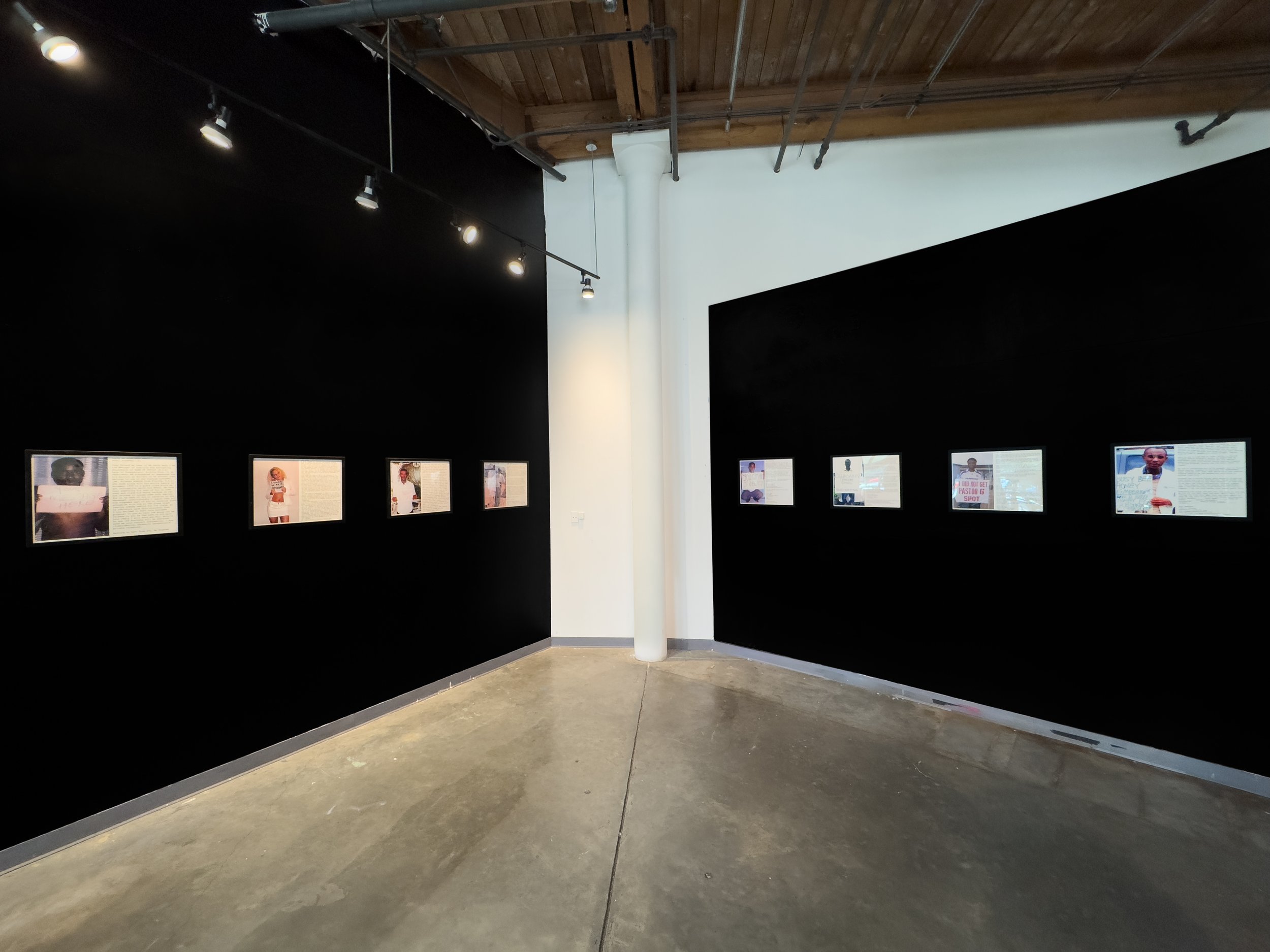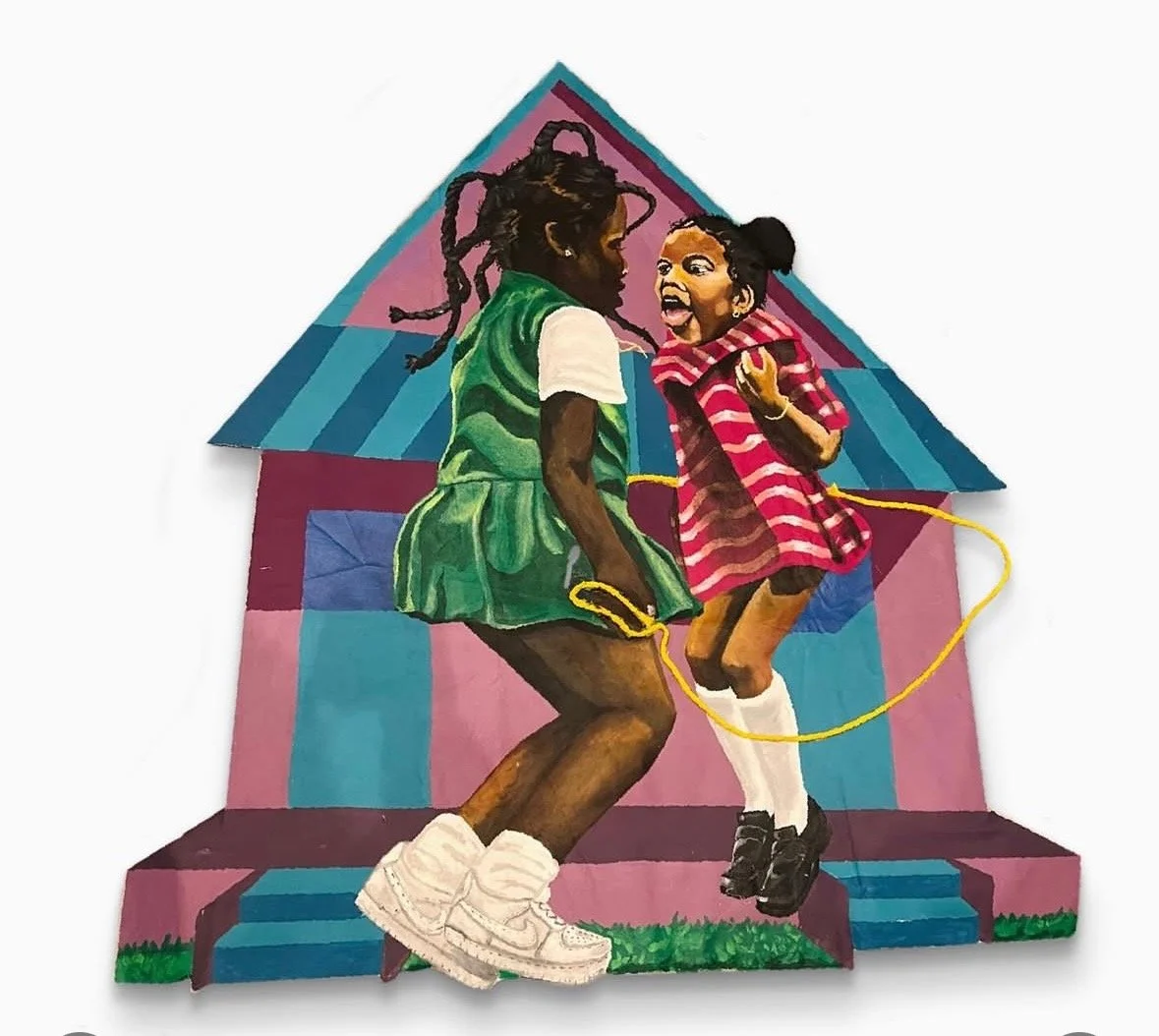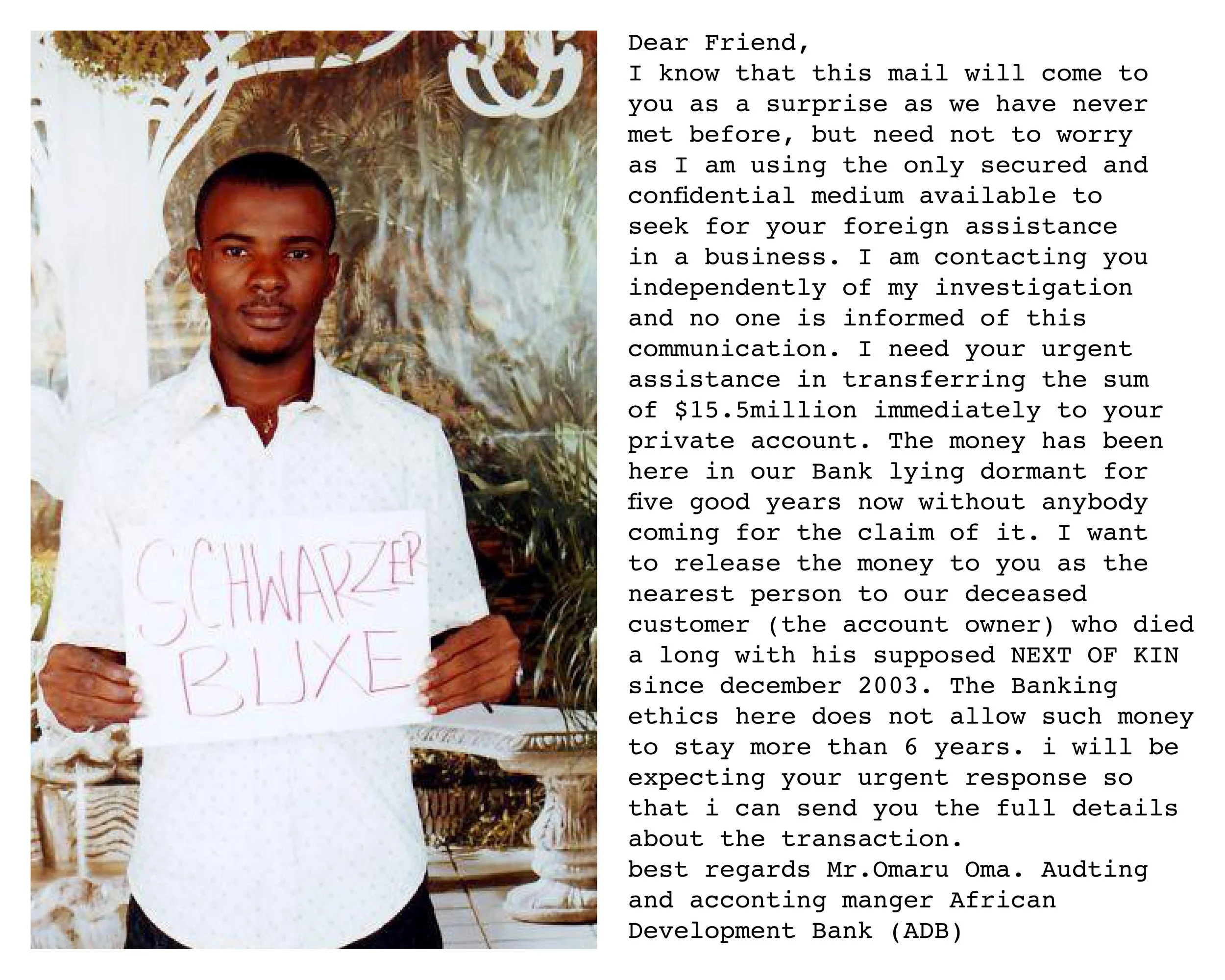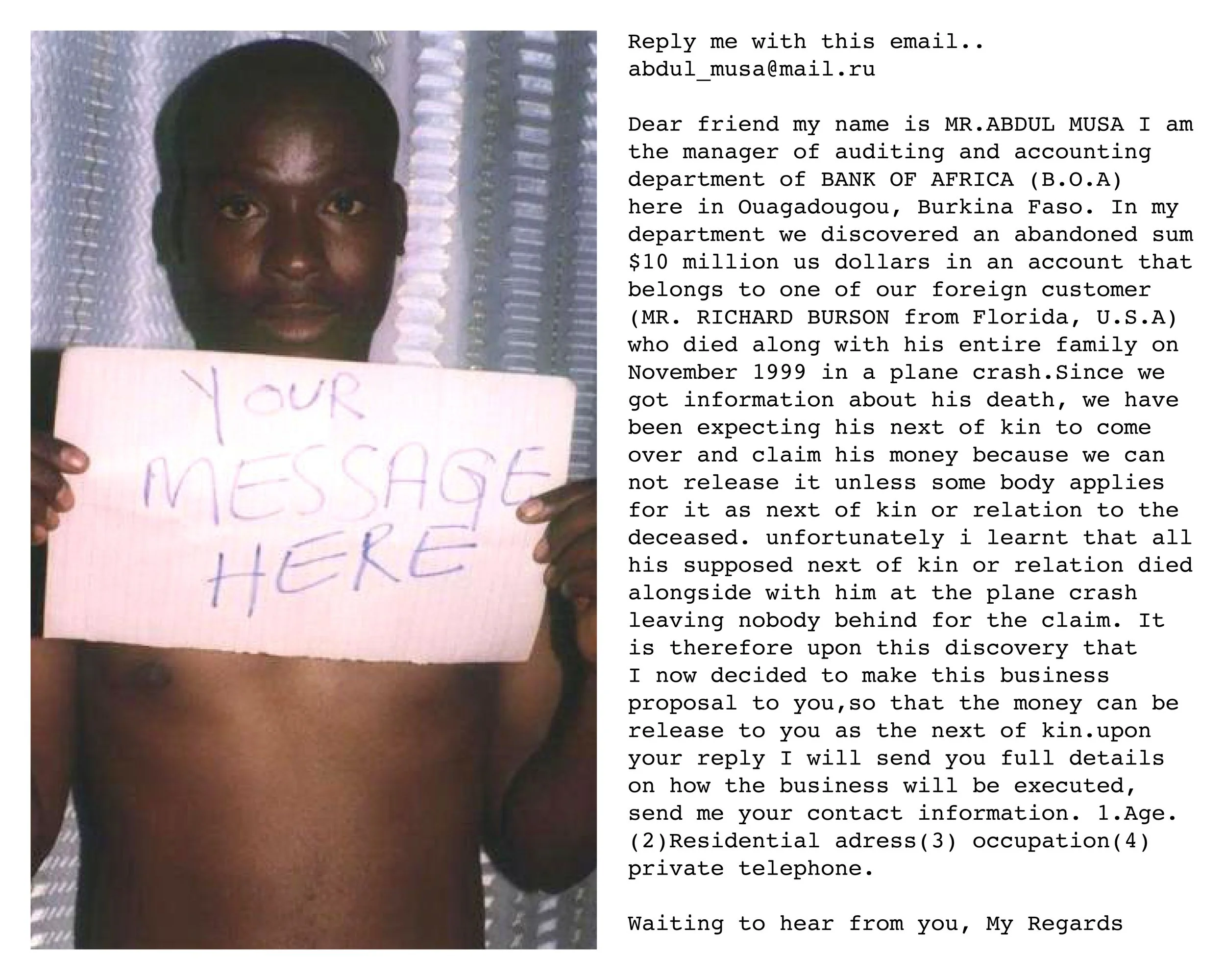
Our primary focus is to be a catalyst for education, ideas, creativity, and a gathering place for all.
Jarrad McKay
‘Let The Children Play’
September 6 - October 1
“Let The Children Play” presents Jarrad ‘Jay ‘McKay's latest body of work, a poignant exploration of childhood nostalgia reminiscent of the phrase "let the kids be kids". Through a series of dynamic expressive pieces ,McKay reflects on a time when outdoor play was a fundamental experience of youth - one that fostered creativity, social connection, and a deep engagement with community. This is all in contrast to today's digital saturation where children are increasingly absorbed by screens and social media. McKay’s work serves as both a tribute and a call to reimagine play as a communal act.
"Let The Children Play"
2025
Acrylic on Canvas
TERRENCE SANDERS-SMITH
Dead, Lost or Displaced
August 2 - September 2
Dead Lost or Displaced documents the lives of Louisiana natives mostly in and around New Orleans and Baton Rouge. “This series is dedicated to the innocent, who either are Dead, Lost or Displaced due to the events that occurred after Hurricane Katrina struck New Orleans. During the 11 days I survived as a witness to the aftermath of Hurricane Katrina, the one thing that helped me cope with the isolation, despair and anger was working on this series.”
“These artworks are politically motivated—they get under your skin, and once there, make themselves impossible to ignore. "You do your part, and I'll do mine," the artist has written. Point well taken, Mr. Sanders-Smith.” – JoAnne S. Northrup, Director of Contemporary Art Initiatives at the Nevada Museum of Art
“The essential function of a memorial is to preserve a memory. Against the erosion of time, memorials resist the human flaws of forgetfulness and apathy. When executing his ‘Dead, Lost, or Displaced’ series in the days immediately following Katrina, Sanders-Smith was unaware that he was creating his own kind of memorial.” - Miranda Lash, Curator of Contemporary Art Speed Art Museum and the former Curator of Modern and Contemporary Art New Orleans Museum of Art
Untitled (McDonald’s Elderly Employee)
2005/2025
36 x 24 inches
Archival B&W Print (Framed)
Signed & Dated by Artist
Note: The original pieces from this series that include mixed media original work from 2005 was lost by ABF in 2024 in transit from LA to New Orleans. Currently in lawsuit with ABF.
Untitled (1-8)
2010
Digital Color Print on Archival Paper
21 x 17 Inches / 53 x 43 Centimeters (Framed)
Signed & Dated by Artist
JAMESON STOKES
Can’t Knock The Hustle
June 21 - July 26
This series of works titled, ‘Can't Knock tha' Hustle' was created in response to a confidence letter I received from a Nigerian con-man who I regret stole my email account. Once I learned of the theft, I contacted the conman (scammer) and pleaded with him to stop impersonating me. I further stated that his malicious emails were upsetting my family, colleagues and friends with this ridiculous scam.
I lost sleep, money and importantly the trust of my community. So, I decided to retaliate through my art. The images are from an online website where the scammers get scammed. They are contacted by the potential victim and asked to pose with signs that humiliate them in order to prove their identity and receive payment.
An advance-fee fraud is a confidence trick in which the target is persuaded to advance sums of money in the hope of realizing a significantly larger gain. Among the variations on this type of scam, are the Nigerian Letter (also called the 419 fraud, Nigerian scam, Nigerian bank scam, or Nigerian money offer, the Spanish Prisoner, the black money scam as well as Russian/Ukrainian scam (also widespread, though far less popular than the former). The so-called Russian and Nigerian scams stand for wholly dissimilar organized-crime traditions; they therefore tend to use altogether different breeds of approaches.
Although similar to older scams such as the Spanish Prisoner, the modern 419 scam originated in the early 1980s as the oil-based Nigerian economy declined. Several unemployed university students first used this scam as a means of manipulating business visitors interested in shady deals in the Nigerian oil sector before targeting businessmen in the west, and later the wider population. Scammers in the early-to-mid 1990s targeted companies, sending scam messages via letter, fax, or Telex. The spread of e-mail and easy access to e-mail-harvesting software significantly lowered the cost of sending scam letters by using the Internet. In the 2000s, the 419 scams has spurred imitations from other locations in Africa, Asia and Eastern Europe, and, more recently, from North America, Western Europe (mainly United Kingdom and Netherlands), and Australia.



